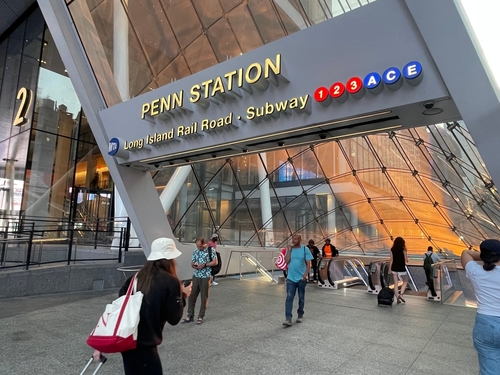
A new report on the feasibility of doubling the capacity of New York’s Penn Station without expanding the station’s footprint has found that none of the four concepts presented would meet the goal.
The study released Wednesday by Amtrak, the Metropolitan Transportation Authority and NJ Transit, analyzed four concepts to double train capacity at the station during peak periods, as well as expand Amtrak Empire Service. Officials said the focus going forward will be on options that expand the station’s physical footprint.
“This study demonstrates that to meet the needs of the region, we must expand the station beyond its existing footprint to deliver the passenger capacity promised by the Gateway Program,” Amtrak CEO Stephen Gardner said. “The feasibility study is part of a long-term collaboration between Amtrak, MTA, and NJ TRANSIT to seek ways to transform the busiest train station in the Western Hemisphere into a modern, world-class facility with the capacity to provide 200,000 more passenger trips.”
Currently, Penn Station and its operational infrastructure function at maximum capacity, officials said. Significant additional train capacity at Penn Station is needed they said in order to accommodate existing and anticipated passenger demand, improve reliability and support future cross-regional rail service. The goal is to double passenger train service between New York and New Jersey from 24 to 48 trains per hour, or more, during peak hours, a goal that is consistent with the long-term vision for expanded intercity and regional passenger rail service established by the Federal Railroad Administration’s NEC Future Program. The NEC Future Program is the FRA’s comprehensive plan for the Northeast Corridor from Washington, D.C., to Boston, Mass.
“The findings of this study highlight the critical need for a comprehensive approach to increase capacity at New York Penn Station,” NJ TRANSIT President & CEO Kevin S. Corbett said. “NJ TRANSIT is committed to the goal of delivering a Penn Station that transforms the customer experience and maximizes the benefits of the Gateway Program.”